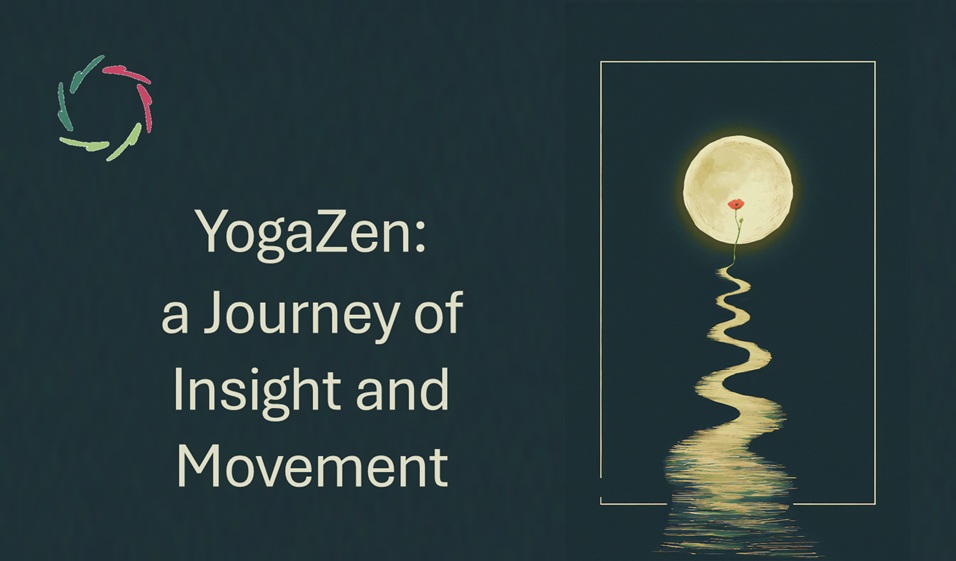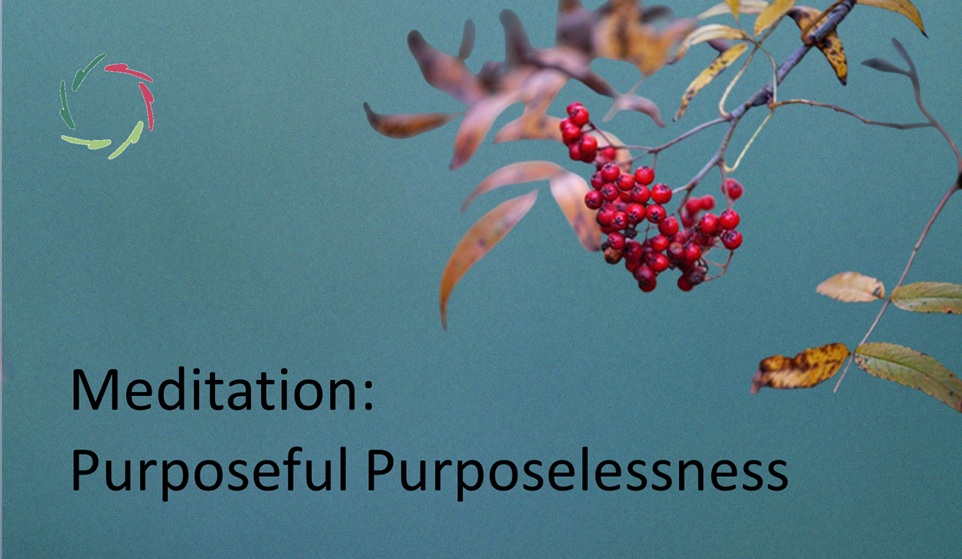What About Mindfulness?

Open attention may be open in two ways: where it goes to and where it comes from. The difference is very important.
Many people go to a 9-sessions Mindfulness course and find the experience agreeable. After the end of the course, many don’t find it worthwhile. They had higher expectations. Some expected to get rid of their mental problems. Others went to the course to gain lasting happiness, or to gain ‘enlightenment’. To many, it doesn’t work out that way.
Who’s to blame? Nobody.
Also, Mindfulness is not a homogenous domain. Many teachers fill it in with personal ideas. The most important distinction is to me that between what I call ‘Open Mindfulness’ and ‘Closed Mindfulness.’ It’s the same distinction as between open attention and closed attention. Very important: this is not about the object of attention but its source, the person giving the attention. It’s about how he uses his mind, not the direction his attention goes into.
Within the world of Mindfulness, the terms ‘focused’ and ‘open’ are regularly used regarding the object of attention.
Contrary to this, the distinction that I here make specifically regarding the source of attention is seldom made in Mindfulness. Nevertheless, in Zen Buddhism – where Mindfulness comes from – this distinction is essential. Most Zen people haven’t been efficient in making this clear to a Western public. It is not easy. Please see open and closed attention as the extremes of a continuum. ‘Closed’ means that whatever you are thinking of, can be easily named. You go in your thoughts from distinct concept to distinct concept. True poetry for instance can never essentially be grasped this way, nor any art for that matter.
At the other extreme, open attention is inspired.
It is the thinking of the visual artist, but also of the inspired writer or scientist. It is the way of the genius violinist. It is the way of the meditator who clears his mind of conceptual thoughts, striving towards so-called emptiness, which is not empty altogether, but empty of… concepts. Open versus closed – both can occur together. Still, the distinction is crucial.
If Mindfulness equals Thoughtfulness – as it does to many in the field – then it is definitely a wrong term. A better term would then be Mind-less-ness, meaning: no thoughts are preventing emptiness as what is regarded in Zen to be a source of immense possibilities. Indeed: happiness, enlightenment… though most probably not after a mere 9 sessions.


